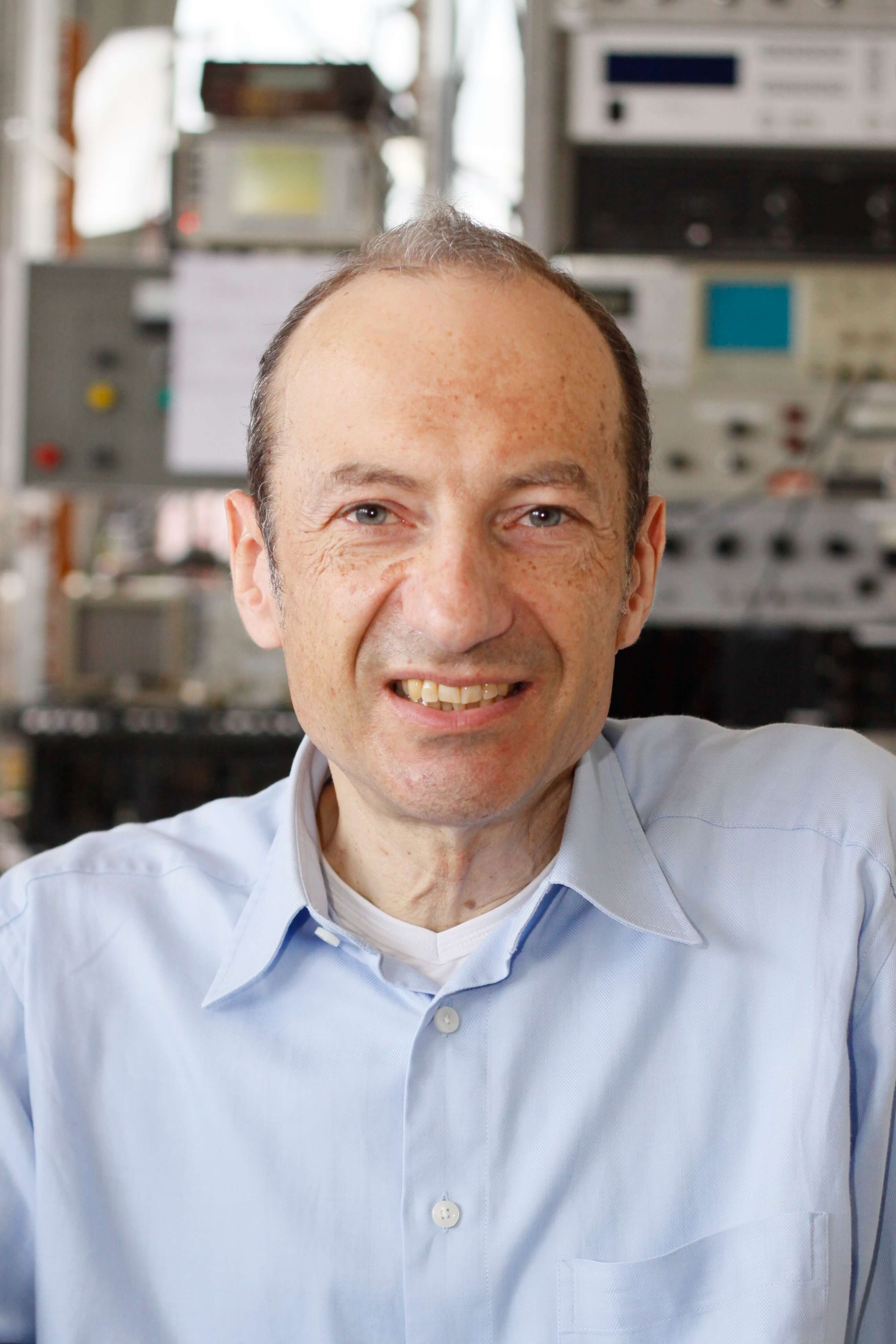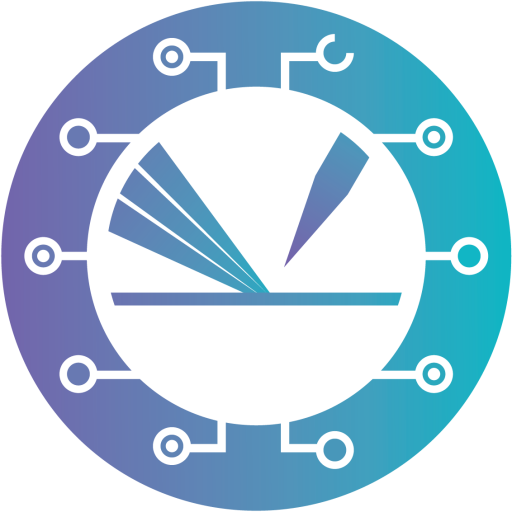
Research interests
Research is centered on investigating surfaces by high-resolution scanning probe microscopies (scanning tunnelling microscopy, STM, and non-contact atomic-force microscopy, nc-AFM), supplemented by other surface-science techniques (spectroscopies and diffraction) and in close collaboration with computational studies (DFT and post-DFT). The main aim is to understand the physics and chemistry of materials on the atomic scale.
Materials: Metal oxides (bulk crystals as well as films grown by TPD, PLD, UHV-compatible sputter deposition, reactive evaporation or oxidation of alloy surfaces) and metals (especially alloys and ultrathin films).
Phenomena: Gas adsorption and reactions of simple molecules, nucleation and growth, phenomena induced by ion bombardment, magnetism and magnetic nanostructures.
Research also includes instrumental innovations and image processing techniques.
Most relevant scientific results
- Pioneered atomically resolved STM on metals with chemical contrast [1], for the investigation of alloy surfaces, adsorption on alloys, and growth of metal thin films.
- Pioneering studies of surface oxides on catalytically active (platinum-group) metals [2, 3, 4] (often in collaboration with Edvin Lundgren, Lund University/SE, and the Kresse group) These oxides are often responsible for the catalytic activity previously attributed to the metal surface.
- Played a key role in solving the surface structure of several oxide surfaces widely used in the surface science community, such as ultrathin alumina films obtained by oxidation of alloys (NiAl, Ni3Al, Cu-Al) [5] and the Fe3O4(001) surface, in close collaboration with DFT groups (Kresse and others) [6].
- Pioneering studies using STM-based tunnelling spectroscopy to provide direct, real-space information on subsurface voids (argon bubbles), electron polarons (collaboration with Franchini) [7] and other electronic-structure phenomena.
- Pioneering studies of UHV-based STM/non-contact AFM for the detailed investigations of the interaction of gas molecules with oxide surfaces. Ref. [8] shows charging and discharging single O2 molecules with the AFM/STM.
- Provided detailed insights into surface polarity, which is one of the most fundamental concepts in oxide surfaces and interfaces. Ref. [9] (with Franchini) shows how an intrinsically polar oxide, KTaO3(001), undergoes a series of compensation mechanisms as the sample temperature is raised and kinetic barriers can be overcome.
- Co-devised a methodology of exposing samples to ultrapure water within a UHV environment. This avoiding any spurious contamination that is usually present in the ambient and enables atomically-resolved surface studies. Applying this method in ref. [10] showed the likely cause of the light-based, amphiphilic behavior of TiO2.
Career
- 1997–present: Associate professor, Surface Physics Group, Institute of Applied Physics, TU Wien
- 1990–997: Assistant professor, Surface Physics Group, Institut für Allgemeine Physik, TU Wien (intervening research stay at DTU, Lyngby/DK 1994)
- 1987–1990: Research assistant, Measurement Science and Acoustics Group, Institut für Allgemeine Physik, TU Wien
- 1986–1987: Work on industry-funded projects, Institut für Allgemeine Physik, TU Wien
Education
- 1997: Habilitation in Experimental Physics, TU Wien, Austria
- 1989: Ph.D. in Engineering Physics (Dr. techn.), TU Wien, Austria
- 1985: M.Sc. in Engineering Physics (Dipl.-Ing.), TU Wien, Austria



